Brain Boost
Why Students Should Learn Another Language
Photo courtesy of woodleywonderworks on Creative Commons
There are many benefits that come with learning a second language, both in school and in the job market. However, students in the U.S usually do not start learning a second language until high school, whereas in many European countries, students begin learning as early as the age of 6.
November 24, 2020
After taking five years of Spanish, and still not being able to communicate effortlessly with my fluent friends, I have experienced first-hand the determination required to learn a completely new language. I have also experienced the frustration that comes with being surrounded by bilingual friends who have had the benefit of early exposure to different languages.
Due to this frustration, I have often wondered why most American school systems do not require students to learn another language until after middle school, when many countries, especially in Europe, expose students as early as the age of six. And as I continue to learn Spanish, I become more and more convinced of the benefits and necessity of becoming multilingual.
A common perception among English speakers is that another language is not necessary since English has become a universal language, when in reality “universal” is about 20% of the world’s population, according to an article posted by St. Petersburg College. Instead of promoting this attitude, schools should emphasize awareness of other cultures through language learning. Since languages are usually directly tied to a unique culture, students who learn another language are most likely to gain a better understanding of the diversity within our world.
Aside from the worldly importance of speaking multiple languages, there are several benefits that come with being multilingual. Lead with Languages, an organization created with the hopes of bringing awareness to the relevance of language learning, explains the cognitive impacts of learning another language, including better problem-solving and listening skills, as well as improved memory.
Nevertheless, the advantages that come with speaking a second language are not just relative within a classroom. Today, more and more jobs are part of a global market, and thus rely on bilingual employees to be successful. According to NCC Home Learning, an experienced and award-winning site for student learning, prospective employees who speak another language usually stand out and are more likely to be hired. Therefore, students who have an early start in language learning will be more prepared to enter the job market once the time comes.
Despite the many benefits of learning a second language, only a few U.S public school systems have established a language requirement for high school students and foreign language classes are even rarer in elementary and middle schools. According to the Pew Research Center, a site focused on the study of current world issues based on social science research, in 2017 only 20% of U.S students from kindergarten to high school were enrolled in a foreign language, compared to 92% of European students. Similarly, as addressed by Tessa International School, a program specifically created to introduce students to different cultures at a young age, research has proven that younger children have an easier time learning multiple languages. However, while many European countries follow this advice and begin teaching students between the ages of six and nine, U.S. students do not start learning a foreign language until high school.
Recently, a few Texas school districts, such as Liberty Hill ISD, have implemented a dual-language program. Starting as early as preschool, students are enrolled in a classroom where lessons are taught in both English and Spanish. The program initially began last school year and the students will continue learning in both languages throughout elementary school. However, there are few school districts throughout the nation that begin teaching another language as early as pre-k.
With an ever-changing world, it is important for future generations to be as aware as possible of both the adapting job market and the unique people they may one day have to work alongside. Learning another language allows students to acquire additional skills, as well as awareness, that will help them succeed both in the classroom and in the real world. The best way for schools to continue preparing students for life-long scenarios is to start promoting worldly awareness through language learning starting as early as preschool.



![Jumping off the ground, senior linebacker Bennett Patton snatches the ball out of the air for an interception at Thursday’s game against Chaparral. Patton had two interceptions in the 56-14 victory, tying the school record for interceptions in a game. “I was just playing the game,” Patton said. “[I’m] going to go into next week, forget about it and stay humble.” Photo by Harper Chapman](https://cphswolfpack.com/wp-content/uploads/2025/09/bennett-interception.jpg)
![The fire department came to the school after students were evacuated when smoke started coming from the ceiling of a classroom. All students and staff are safe. “All of my friends left their stuff too, so we couldn’t contact our parents, and it was stressful,” senior Brynn Fowler said. “It was scary because I didn’t know [what was going on], and I couldn’t find anyone because it was a big crowd.” Photo by Anthony Garcia](https://cphswolfpack.com/wp-content/uploads/2025/09/firetruck.jpg)
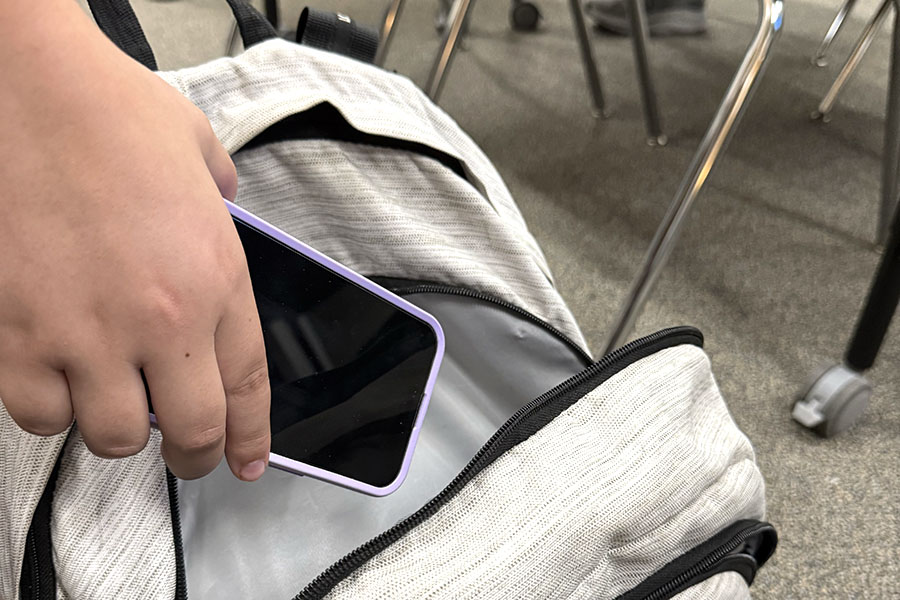

![Sitting with her friend senior Sohpia Struve at last year’s Austin City Limits Festival, senior Ava Zuniga poses for a picture under a pavilion. They are frequent attendees at ACL, an annual music festival at Zilker Park. “I would recommend seeing a bunch of people,” Zuniga said. “This past year, we camped out for Chappell [Roan] for a really long time. I think the whole point of ACL, [which] is a lot of fun, is that you can go see so many different people, even if you don’t know them. So by camping by one person, it really limits yourself from being able to go see a bunch of people.” Photo courtesy of Ava Zuniga](https://cphswolfpack.com/wp-content/uploads/2025/10/EE9E9484-FE6F-4AA0-B5F5-0C177AB32841-1200x857.jpeg)
![Broadcast, yearbook and newspaper combined for 66 Interscholastic League Press Conference awards this year. Yearbook won 43, newspaper won 14 and broadcast took home nine. “I think [the ILPC awards] are a great way to give the kids some acknowledgement for all of their hard work,” newspaper and yearbook adviser Paige Hert said. “They typically spend the year covering everyone else’s big moments, so it’s really cool for them to be celebrated so many times and in so many different ways.”](https://cphswolfpack.com/wp-content/uploads/2025/05/edited-ILPC.jpg)


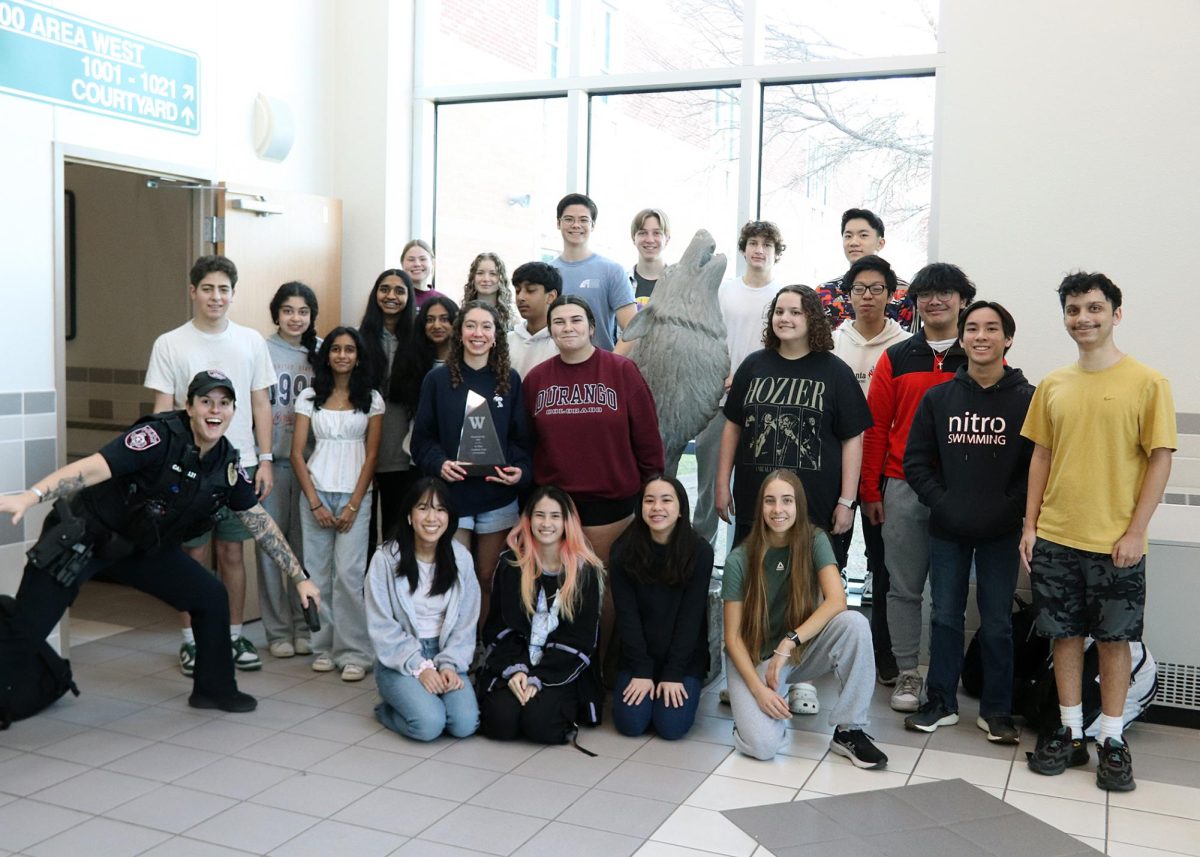

![Looking down at his racket, junior Hasun Nguyen hits the green tennis ball. Hasun has played tennis since he was 9 years old, and he is on the varsity team. "I feel like it’s not really appreciated in America as much, but [tennis] is a really competitive and mentally challenging sport,” Nguyen said. “I’m really level-headed and can keep my cool during a match, and that helps me play a bit better under pressure.” Photo by Kyra Cox](https://cphswolfpack.com/wp-content/uploads/2025/09/hasun.jpg)


![Bringing her arm over her head and taking a quick breath, junior Lauren Lucas swims the final laps of the 500 freestyle at the regionals swimming competition on date. Lucas broke the school’s 18-year-old record for the 500 freestyle at regionals and again at state with a time of 4:58.63. “I’d had my eye on that 500 record since my freshman year, so I was really excited to see if I could get it at regionals or districts,” Lucas said. “ State is always a really fun experience and medaling for the first time was really great. It was a very very tight race, [so] I was a bit surprised [that I medaled]. [There were] a lot of fast girls at the meet in general, [and] it was like a dogfight back and forth, back and forth.” Photo by Kaydence Wilkinson](https://cphswolfpack.com/wp-content/uploads/2025/03/Kaydence-2.7-23-edit-2.jpg)
![As the support team sits and poses for a photo in the cafeteria with the counseling team they eagerly wait to start their day. "We [all] seem to be a team, I get up every day and there's days where I don't want to go to work today, but I'm thankful that I have a job and I'm blessed to have what I have," Christopherson said. Photo Courtesy of Julie Weltens.](https://cphswolfpack.com/wp-content/uploads/2025/01/AF9E8470-10D7-4C91-BF28-EC8F86BAB66C-1200x852.jpeg)
![Officer Stephanie Cash is in her second year as an SRO at CPHS. “Seeing [students] grow over the years has been kind of cool,” Officer Cash said. “Freshmen that [are] all over the place and then in the next couple of years get a little more squared away and go to class and do work and start thinking about the future. Being a part of a student's growth is the best way to measure my success as an SRO.” Photo Courtesy of Cedar Park Police Department's PIO, Alicia Gallagher.](https://cphswolfpack.com/wp-content/uploads/2024/12/CPHS-SRO-900x1200.jpg)
![As he sprints with the ball, senior running back Trae Hill breaks a tackle during Friday’s 35-14 loss against the Vandegrift Vipers. Hill ran for 135 yards and two touchdowns during the game. “[Scoring] was electric,” Hill said. “It always feels good to score, but the O-line did everything.”](https://cphswolfpack.com/wp-content/uploads/2025/09/IMG_0795allie.varfb_-1200x799.jpg)








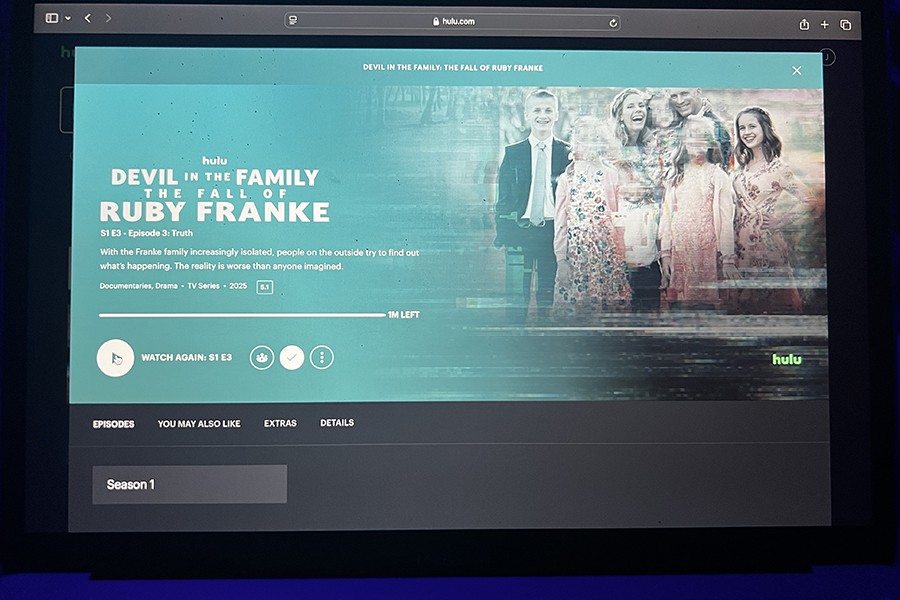









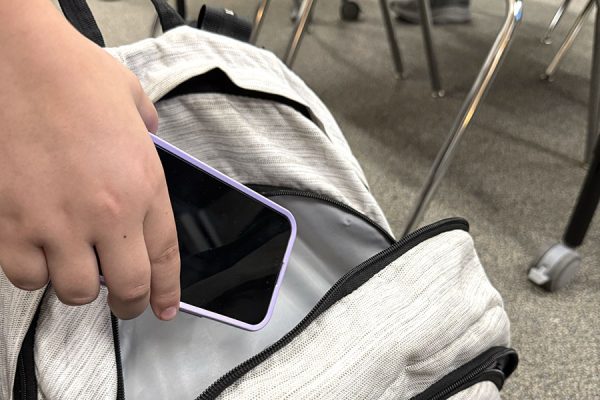





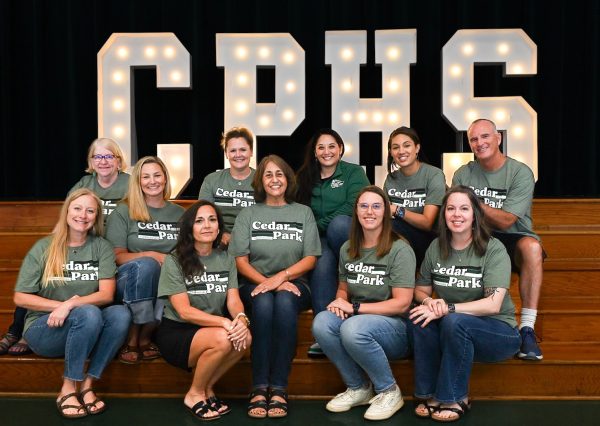

![The fire department came to the school after students were evacuated when smoke started coming from the ceiling of a classroom. All students and staff are safe. “All of my friends left their stuff too, so we couldn’t contact our parents, and it was stressful,” senior Brynn Fowler said. “It was scary because I didn’t know [what was going on], and I couldn’t find anyone because it was a big crowd.” Photo by Anthony Garcia](https://cphswolfpack.com/wp-content/uploads/2025/09/firetruck-300x200.jpg)

![Finishing her night out after attending a local concert, senior Grace Sauers smiles at the camera. She recently started a business, PrettySick, that takes photos as well as sells merch at local concert venues. Next year, she will attend Columbia Chicago College majoring in Graphic Design. “There's such a good communal scene because there [are] great venues in Austin,” Sauers said. “I'm gonna miss it in Austin, but I do know Chicago is good, it's not like I'm going to the middle of nowhere. I just have to find my footing again.” Photo Courtesy of Grace Sauers.](https://cphswolfpack.com/wp-content/uploads/2025/04/Grace-300x225.png)


